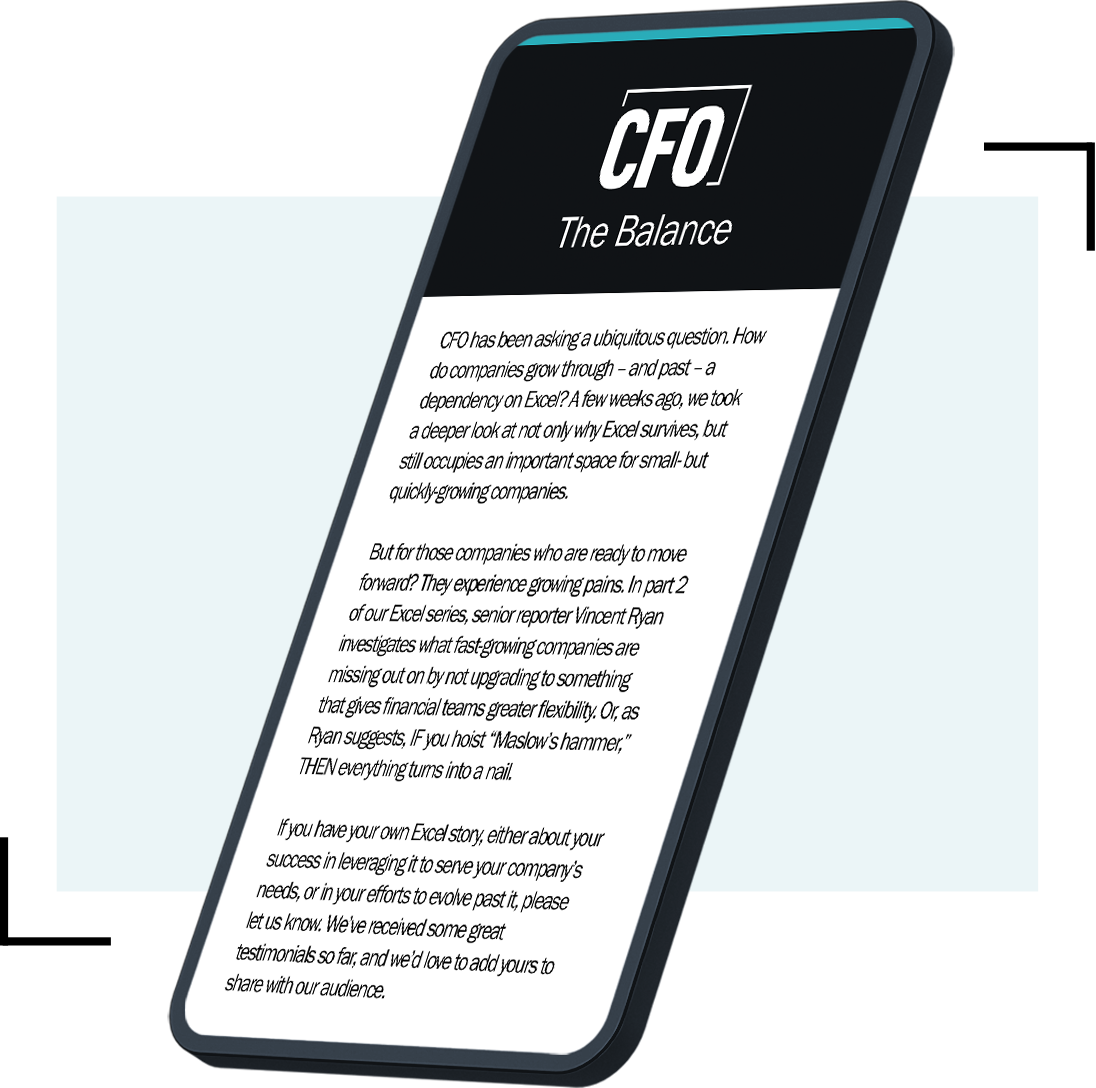Pundits are now frequently suggesting that there is a very real probability of an EU–zone financial crisis that could dwarf the global disruptions of 2007–2008. Perhaps the only really “safe” prediction about 2012 is that it is likely to be more volatile than most periods of recent history.
How are you incorporating that volatility into your financial and human-capital planning? Are the techniques you use to analyze and track risk in your financial decisions also used to analyze and track risk when it comes to human capital? A wide array of recent reports on enterprise risk management suggests a growing awareness among top leaders that human-capital risk presents a significant exposure, and that human-capital decisions and talent quality are often fundamental sources of both risk and ways to deal with risk.
On November 9, The New York Times reminded us that Walter Wriston, a former chairman of Citibank, famously said that risk was a “four-letter-word” at Citibank, meaning it was to be avoided. On the other hand, Vikram Pandit, CEO of the larger successor organization, Citigroup, reckons it has nine letters: benchmark. He sees risk as something to be optimized to the strategic goals and industry standards of the organization, not avoided at all costs.
But most organizations, and indeed most prominent frameworks for risk management, treat human-capital risk like a four-letter word. It is defined as a harmful event, such as the untimely departure of key talent, the inability to fill future positions, or reckless behavior by vital employees (like the midlevel UBS trader who rang up $2.3 billion in losses, triggering the CEO’s resignation). Yet savvy financial approaches routinely distinguish between uncertainty (the range of likely outcomes and their certainty), opportunity (the subset of outcomes that would be beneficial if they occurred), and risk (the subset of outcomes that would be detrimental if they occurred). The same sort of circumspect approach to human-capital risk can yield important insights.
In Transformative HR, Ravin Jesuthasan and I wrote about PNC Bank, a success story during the financial crisis. PNC’s commitment to risk management influenced key decisions during its acquisition of National City Bank, when PNC inherited hundreds of incentive plans, many of them reflecting a compensation philosophy different from PNC’s. Administering these incentive plans presented significant risks to the organization. Human resources needed a thoughtful process for evaluating these plans, using objective assessment criteria that would enable business leaders and HR to make informed decisions quickly. HR partnered with business, finance, and risk professionals to bring more sophistication to the process.
An understandable approach might have been to remove significant performance bonuses to avoid reckless behavior, but PNC opted for questions such as:
- Does the plan incorporate balanced metrics and multiple measures? (Overreliance on a single measure may not fully reflect the business results.)
- Are the metrics based on individual, team, or corporate performance? (Metrics based on individual performance can create a higher level of risk for the organization.)
- Are the metrics based on top-line or bottom-line measures? (Undue emphasis on top-line measures can generate problems.)
- What is the nature of the payout curves? Are they steep? Are there cliffs? Are payoffs uncapped? (All these features affect how an individual will behave.)
- Is there management discretion in the amount awarded? (Management discretion can act as a brake on risky behavior.)
The criteria also included targeted business-specific questions:
- Does the plan cover individuals or functions that take principal risk and/or commit capital?
- What is the level of residual risk?
- How well collateralized is the principal risk or commitment to capital?
- Is the business primarily, or exclusively, fee-based or advisory?
Plans with risks inconsistent with PNC’s risk appetite were retired immediately. The remaining plans were evaluated with the use of a 3 x 3 matrix — one of several tools adapted directly from more traditional risk analysis — that displayed incentive opportunities in terms of their aggregate financial impact on PNC.
“Typically, we would spend a lot of time and energy on the what but not enough time on the why,” says Bei Ling, PNC’s senior vice president of total rewards. “In this process, we learned that if employees understand and relate to the rationale for change, it is easier for them to accept it, even if the change negatively impacts them.”
As we enter perhaps one of the most uncertain periods in recent memory, will human-capital risk be a four-letter word, or will you optimize it as you would your risks in other areas?
John Boudreau is a professor and research director at the University of Southern California’s Marshall School of Business and Center for Effective Organizations. His more than 60 books and articles include Retooling HR, Beyond HR, and Transformative HR.








